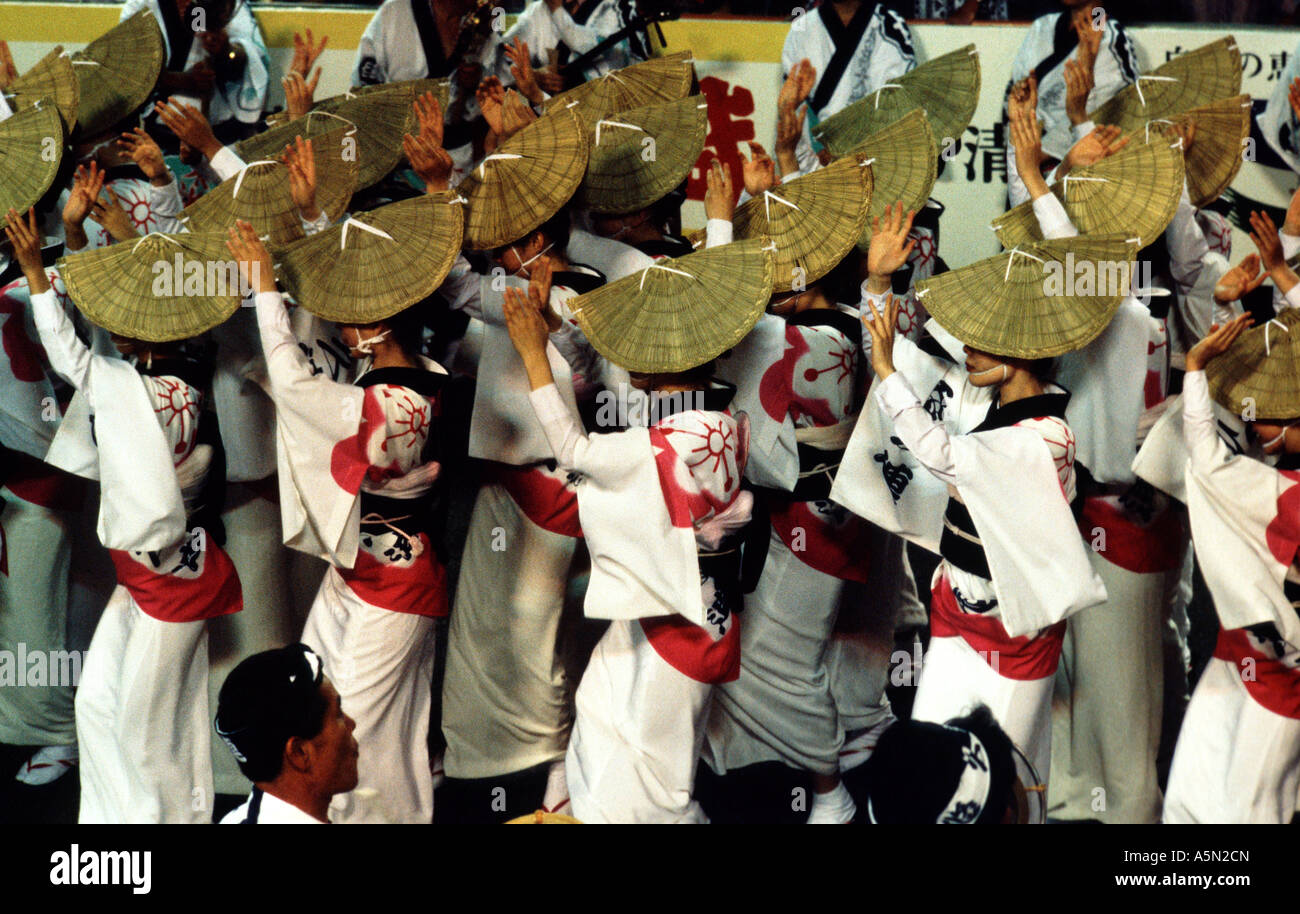

“I want to keep teaching, at home and abroad, for as long as I’m physically able,” he said.Īwa Odori first arrived in Brazil in 1972, carried there by a prefectural association. He retired as head of Godyahei in March 2022 after more than 40 years. Oka has been dancing Awa Odori for 60 years. “Maybe because it’s quite similar to the rhythm of samba.” “I still remember how they got it right so quickly, and how they lost themselves in the dance,” he said. On that occasion, he taught basic dance steps to about 100 members of a Brazil-based Awa Odori group, Represa-ren. He had joined a delegation sent by the prefectural government to commemorate the 100th anniversary of Japanese immigration to Brazil. Oka first became involved in teaching dancers overseas in 2008. It made me feel (the dance) was accepted globally and had taken root,” he said. “I watched them dancing cheerfully and joyfully in formation. In Seattle, Oka taught 20 to 30 Japanese-Americans the Awa Odori dance moves. It was no easy journey as travel restrictions were in place because of the pandemic. In 2021, Oka visited Seattle at the invitation of a prefectural association there. One Tokushima resident who considers it his mission to teach overseas is 82-year-old Hideaki Oka, a former head of the well-known ren group Godyahei. The tourism policy section of the Tokushima prefectural government said there are at least 14 ren groups outside Japan.Īwa Odori has wide recognition in part because its images are often used to publicize Japan abroad.īut the groundwork of today’s global presence was laid by Japanese groups, including Tokushima prefectural associations set up by Tokushima expatriates living in countries such as the United States and Brazil. He added that he hopes others will join in and thereby learn the culture of Tokushima-and spread it to others after returning home.

“I think Awa Odori is a form of diplomacy that doesn’t require language,” Niki said. One former member from Malawi has now returned home but apparently still does Awa Odori moves. The dancers embrace their learning deeply. “Encouraging spectators to join and enjoying dancing together is what makes it Awa Odori,” he said. The true spirit of the dance is to get everyone moving, he said. Niki said Awa Odori has three primary elements: a two-beat rhythm, hand and leg movements and a smile.
AWA DANCE FESTIVAL ART HOW TO
Nonki-ren has been teaching Arasowa-ren how to dance since 2017. The group’s instructor was Shinichi Niki, 60, a member of another famed group, Nonki-ren. He pledged to keep practicing, adding that he hopes spectators will enjoy it. “I hope I can become good at it,” he said. Then, a friend invited him to join Arasowa-ren. He became interested in Awa Odori when he saw a dance group practicing in a park near Tokushima University. “My knees hurt.”Ĭho came to Japan in May this year on a Japan International Cooperation Agency training program. “My legs are more tired than I expected,” he said with a smile. He was closely following the movements of others. Marcelo Eidi Cho, 34, a fourth-generation Japanese-Brazilian dentist, was taking part for the first time. At one time nearly 300 people participated.

More than 100 people join the group each year. Many of Arasowa-ren’s members were non-Japanese from the start. The word “arasowa” has connotations of a world without conflict, while “ren” is an Awa Odori term for a dance group. The predecessor of Arasowa-ren was founded in 1981.

They practiced for about 90 minutes, looking excited and nervous at the same time. Nearly half of the dancers were wearing “tabi” socks and wooden geta clogs for the first time. It was the group’s first rehearsal before the big day at the festival. They were members of the Arasowa-ren dance group, which mainly consists of non-Japanese dancers. On the evening of July 6, about 20 people from 11 countries including Brazil, the United States and Fiji were practicing Awa Odori moves in a conference room of the Tokushima Prefectural International Exchange Association.Īn instructor told them how to move and to pay particular attention to their feet and knees. While the organizers of this year’s festival are trying to draw foreign tourists, using the slogan “Love & Cool” on posters, the dance has brought foreigners to Tokushima and Tokushima to the world for a long time already. As a culture, it has been spreading worldwide. 12-15 this year is not the only place visitors can see Awa Odori. TOKUSHIMA-Summer here is busy with more than 1 million spectators expected to pack the Awa Odori dance festival, which dates back over 400 years.īut the festival from Aug.


 0 kommentar(er)
0 kommentar(er)
